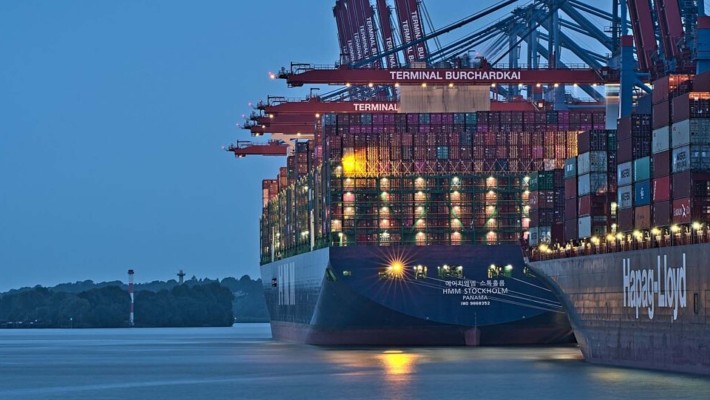Freight Forwarder Insights
Huin International Logistics Latest Articles
What is port marshalling?
Before a ship calls at a terminal, the terminal will draw up a port collection plan, which means that containers from a certain ship can be arranged to enter the terminal within a certain period of time and wait for loading. Harbour marshalling is the process of bringing containers that are scattered all over the place to the port terminal yard.
Reasons for port collection
To prepare for loading. Need to set port in advance, because before the ship to port, we have to make preparations in advance, so as not to delay the loading of the ship.
Port collection is generally 1-3 days before the ship's port call, all the containers to be loaded into the terminal, waiting for the ship to be loaded. But it is not the sooner the port collection the better, after all, the port terminal yard is limited.
Port collection is a process, there are port collection start time and port collection end time. Not all containers can enter the port directly.
Time of Gathering / Time of Cut-off
The collection time, often referred to as the opening time, is the earliest time allowed for collection.
Cut-off time: to set a time to cut off the port collection is called cut-off time, but the cut-off time is only for the allocation of space, so as long as there is no explosion or other unacceptable reasons, after the cut-off time, as long as the ship does not leave the berth, it can still be processed for expediting, but there will be a fee.
Generally speaking, there will be one expediting, two expediting and three expediting after the port cut-off, but the three expediting is very rare, which mainly depends on the shipping company's space plan and implementation situation.
How to collect containers in port?
Container loading (do box) is generally divided into two kinds: internal loading and production loading.
Inside loading refers to the first delivery to the container yard or warehouse around or near the port, and the container is loaded in these yards or warehouses, waiting for port collection. Port collection is generally handled by the internal container yard or warehouse itself (the container fee they charge will generally include port collection fee).
Production loading refers to directly pulling empty containers to factories or logistics warehouses, directly loading boxes, and then pulling them to yards around or near the port after loading, waiting for port collection. Generally the container fleet is responsible for port collection.
Port Collection Costs
When quoting from inland storage yards or container fleets, they may quote the trailer fee and the port collection fee separately, or they may combine them, with the trailer fee already including the port collection fee. Either way, there is a port collection charge. Because port collection is to pull the container from the ‘outer’ yard to the port terminal yard, this transport will certainly have costs.
If you meet the customs inspection, usually the customs broker to help deal with the customs inspection fee will generally include the towing fee, after the inspection of the re-concentration fee, as well as emptying, re-packing and other costs.
There is no strict relationship between port collection and customs declaration. You can make customs declaration before port collection or after port collection. However, in order to prevent the inspection from catching up with the ship, it is better to finish the customs declaration before the port collection.
